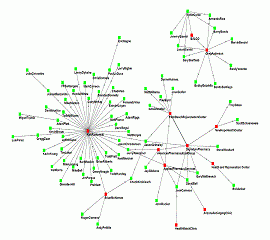
The modern pharmaceutical supply chain is an amazing thing. No other supply chain handles the combination of volume, variety, value and complexity, and does it as efficiently and accurately as the U.S. pharmaceutical supply chain. And it does it on an overnight order-to-delivery cycle from wholesaler to pharmacy. Wholesalers are the key to the efficient operation of the pharmaceutical supply chain, and that’s why I am personally drawn to that segment.
The heart of the modern drug wholesale business—the thing that makes it live, kicking or screaming—is the modern pharmaceutical distribution center (DC). That magical combination of people, processes, data and automation produces a dance every night across the country where individual drug packages are picked from cases and combined with other individual drug packages to fulfill the orders of pharmacies everywhere. It is musical to watch and understand, and the crescendo occurs around 10:30pm every night local time at every pharma DC. Today’s successful wholesalers have figured out how to deal with this specific complexity by organizing their people, processes, data and automation in a stabilizing way to make it all manageable, repeatable and very efficient, and thus making it possible to carve out a thin but well-earned and reliable profit.
Over the last 20 years only a few companies have found a way to surf this traditional complexity to profitability. But faced with the supply chain transformation that will occur soon as the result of widespread serialization and pedigree requirements, the complexity these companies face seems likely to Continue reading The Modern Pharmaceutical Wholesaler and the Approaching Transformation






